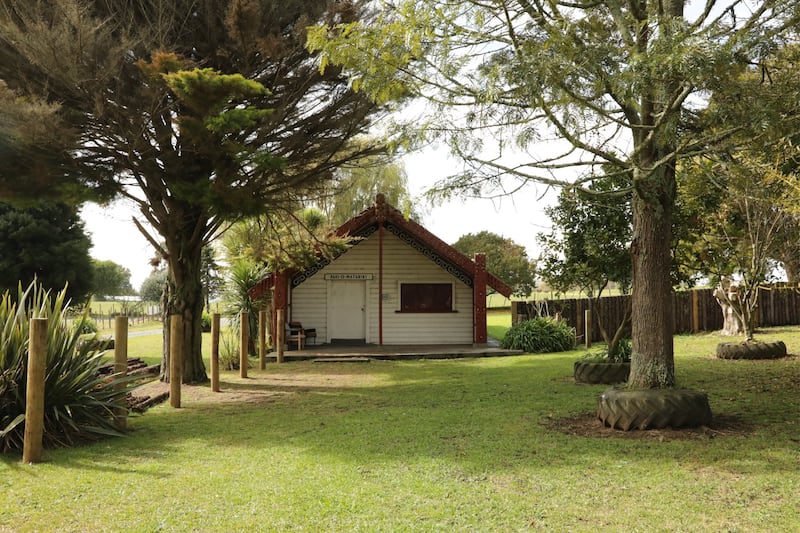One of the most iconic whare in Ngaati Haua is getting a makeover. For over 80 years, the old church known as Te Paki o Matariki at Rukumoana Paa near Morrinsville has hosted many Kiingitanga events and was named in honour of one of the first Māori newspapers, Te Paki o Matariki.
It’s been 15 years since the whānau of the marae began discussing plans for the renovation, and locals say that while the whare will be rebuilt, the spirit and purpose of the original building will remain for future generations.
For the people of Rukumoana, this isn’t just about putting up a new structure for the next generation — it’s about keeping the wairua and mauri of the old whare alive as well.
“We keep the mauri of what was inside and bring it back into the new whare,” says Paul Samuels.

When Te Paki o Matariki was first opened, it was more than a church — it was a place that brought together faith, unity, and culture.
Built in 1945, it became a place where whanau brought their children to follow the faith of the Rukumoana Haahi and revive the songs and hymns of their ancestors. It was also home to many descendants of Ngati Haua.
Te Paki o Matariki is also known as “the coat of arms for the Kiingitanga.” The church took its name from that connection to the movement.
In earlier times, the Kiingitanga held meetings in Te Kauwhanganui, which was once located at Maungakawa. Today, Te Kauwhanganui is situated on Ngaati Haua whenua, not far from where the church has stood.
Te Paki o Matariki sits at the lower end of the marae, next to the waharoa (entrance).
During those times, the King would have a scribe who recorded the minutes of the meetings. Those documents were then brought to Te Paki o Matariki and printed in the church - a reflection of the meaning behind the name and one of many Ngaati Haua connections to the Kiingitanga.
“They would have a scribe, and that scribe would then bring the minutes of those meetings down to this building here. This building is where they printed it - they physically printed it. They had a printing machine in here, and so they printed the panui o te Kiingitanga. Ko Paki o Matariki, koinei te hononga o te ingoa,” says Samuels.
The new Te Paki o Matariki
The new Te Paki o Matariki is set to be unveiled in the coming year. The rebuilt church will be able to house more people, include accessible toilets for kaumatua, and provide enough space to host larger gatherings for the people and tribe of Ngaati Haua.

“What’s important is what’s on the inside of this building; that’s what we’re preserving,” says Samuels.“People couldn’t worship here anymore because the outside was mauiui. Oh well, we keep the mauri of what was inside and bring it back into the new whare,” says Samuels.



